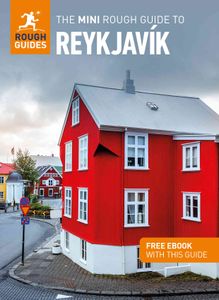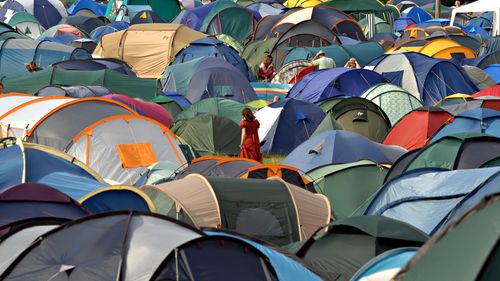Brief history of Hafnarfjörður
The town’s prosperity stems from its superbly sheltered harbour (Hafnarfjörður meaning “the harbour fjord”) – the volcano Búrfell, around 5km east of the centre, erupted 7000 years ago, spewing lava out along the northern side of the fjord that is now home to Hafnarfjörður, and creating a protective wall. At the beginning of the fifteenth century the village became a strategic centre for trade with England, which was then just starting up, and the harbour was often full of English boats profiting from the then-rich fishing grounds offshore. Seventy-five years later, a dispute broke out between the English and newly arrived German fishermen who challenged, and won, the right to operate out of the burgeoning town. Their victory, however, was short-lived, since Hafnarfjörður fell under the trade monopoly of the Danes in 1602, which lasted until 1787, when the place fell into obscurity.
Today, Hafnarfjörður is known for its inhabitants, called hafnies, the unfortunate subjects of many an Icelandic joke – it’s said, for example, that local children take ladders when they start at high school, which their parents also use to go shopping with if they hear that prices have gone up. Needless to say, Icelandic humour can be an acquired taste.
The hidden people
The street of Strandgata and neighbouring Austurgata in Hafnarfjörður are, according to Icelandic folklore, home to the town’s population of hidden people – elves, dwarves and other spirits who live in entire families between the rocks that are dotted around the town centre. Apparently elves are only visible to those with second sight, though a majority of Icelanders are quite prepared to admit they believe in them. In fact, an alarming number of new roads constructed across the country have been subject to minor detours around large rocks after workers attempted to move the boulders only to find that their diggers and earth movers broke down time and again in the process. Should you be keen to try out your second sight, tours lasting a couple of hours and led by guide and storyteller Sigurbjörg Karlsdóttir weave their way through Hafnarfjörður visiting the homes of the huldufólk.
Traditional Viking fare: Þorrablót
The best time to sample some truly weird Viking specialities in Hafnarfjörður is during the old Icelandic month of Þorri (from the Friday between Jan 19 & 25 until late Feb) when there are nightly Viking banquets known as þorrablót at Fjörugarðurinn. This smorgasbord-style feast offers the dubious delight of sampling traditional foods – rotten shark, singed sheep’s head and pickled rams’ testicles, squashed flat and eaten as a topping to an open sandwich – all washed down with generous quantities of the potent Icelandic schnapps, Black Death.
Top image: Hafnarfjordur church and bridge, city near Reykjavik in Iceland © MisterStock/Shutterstock























